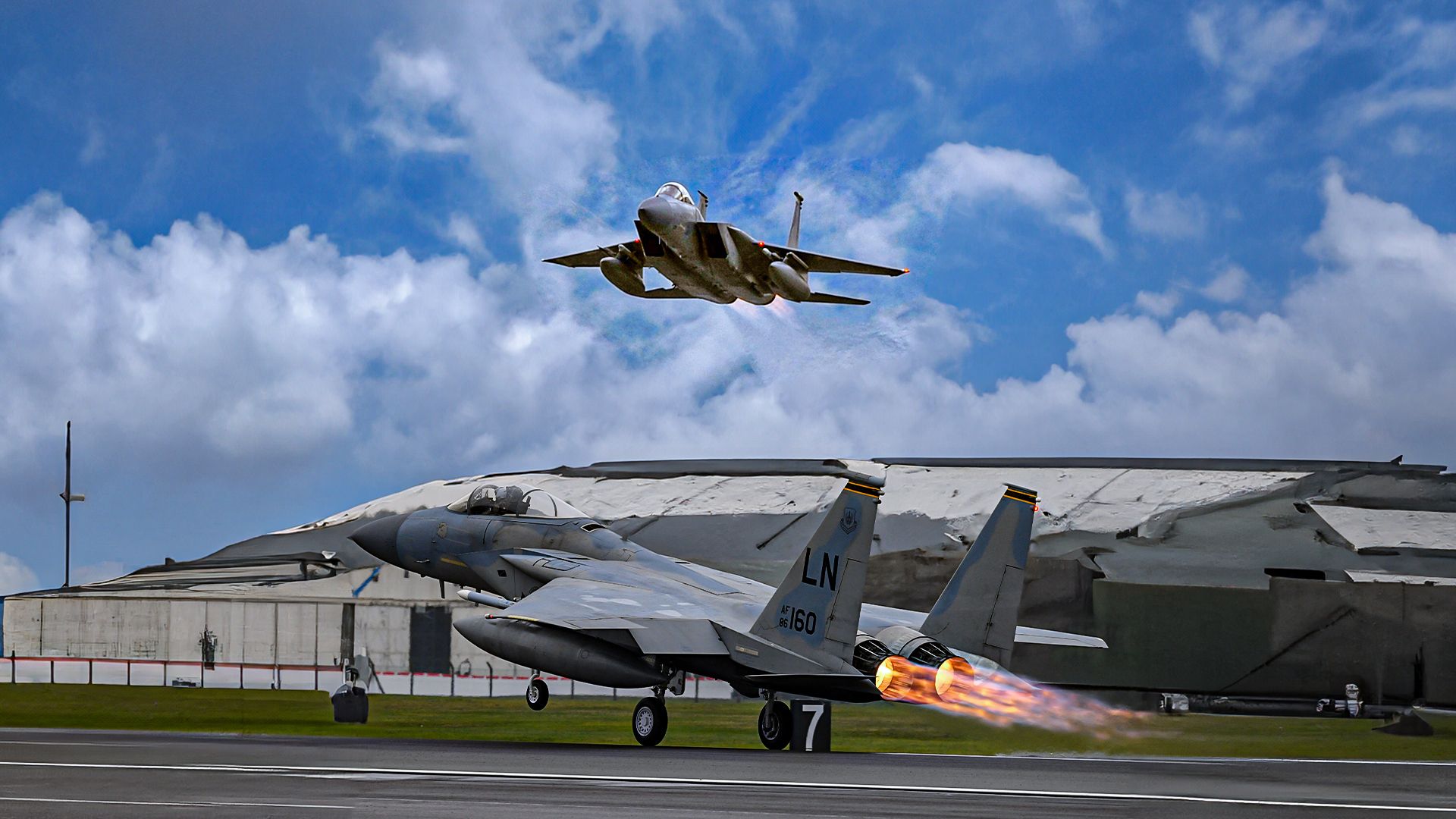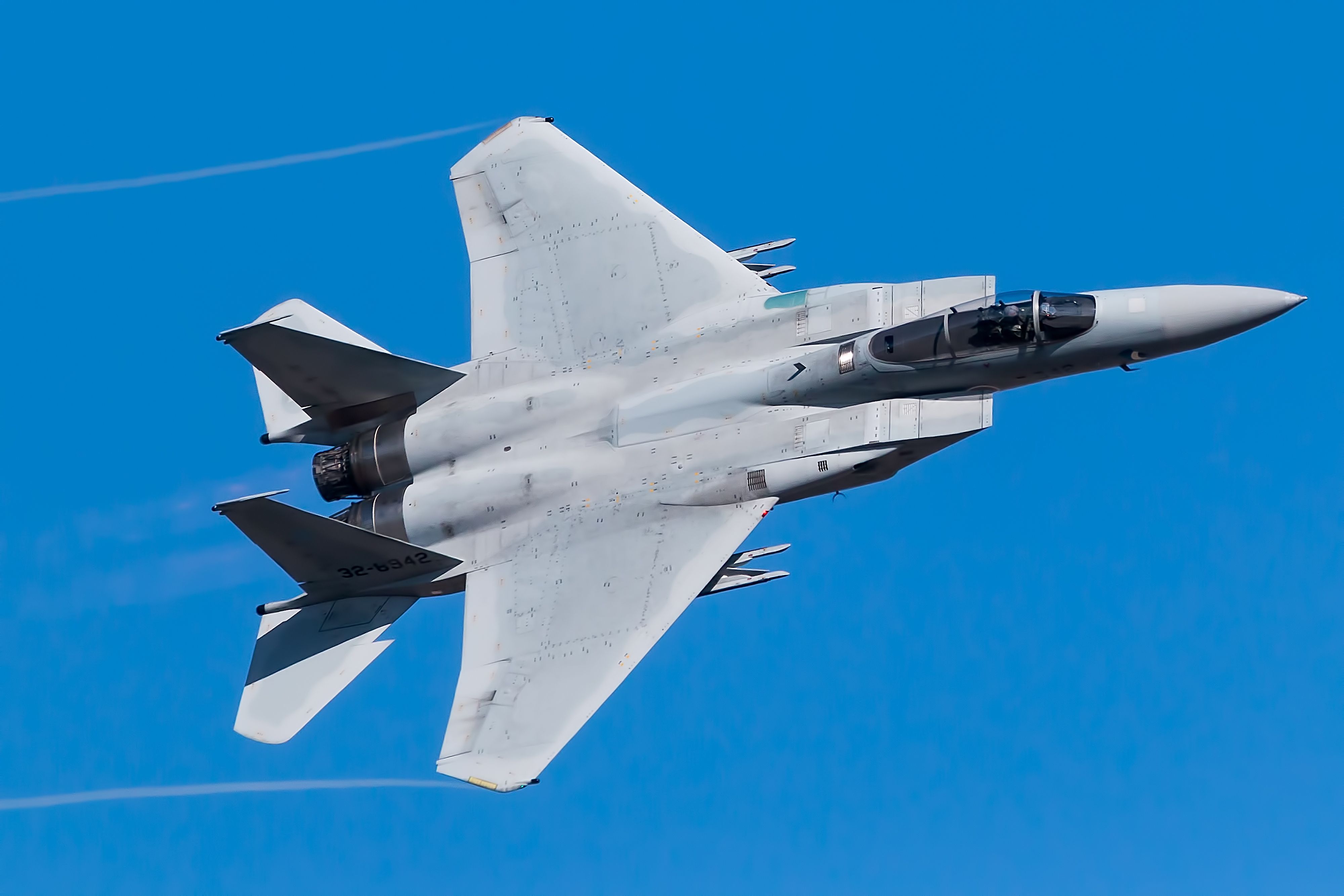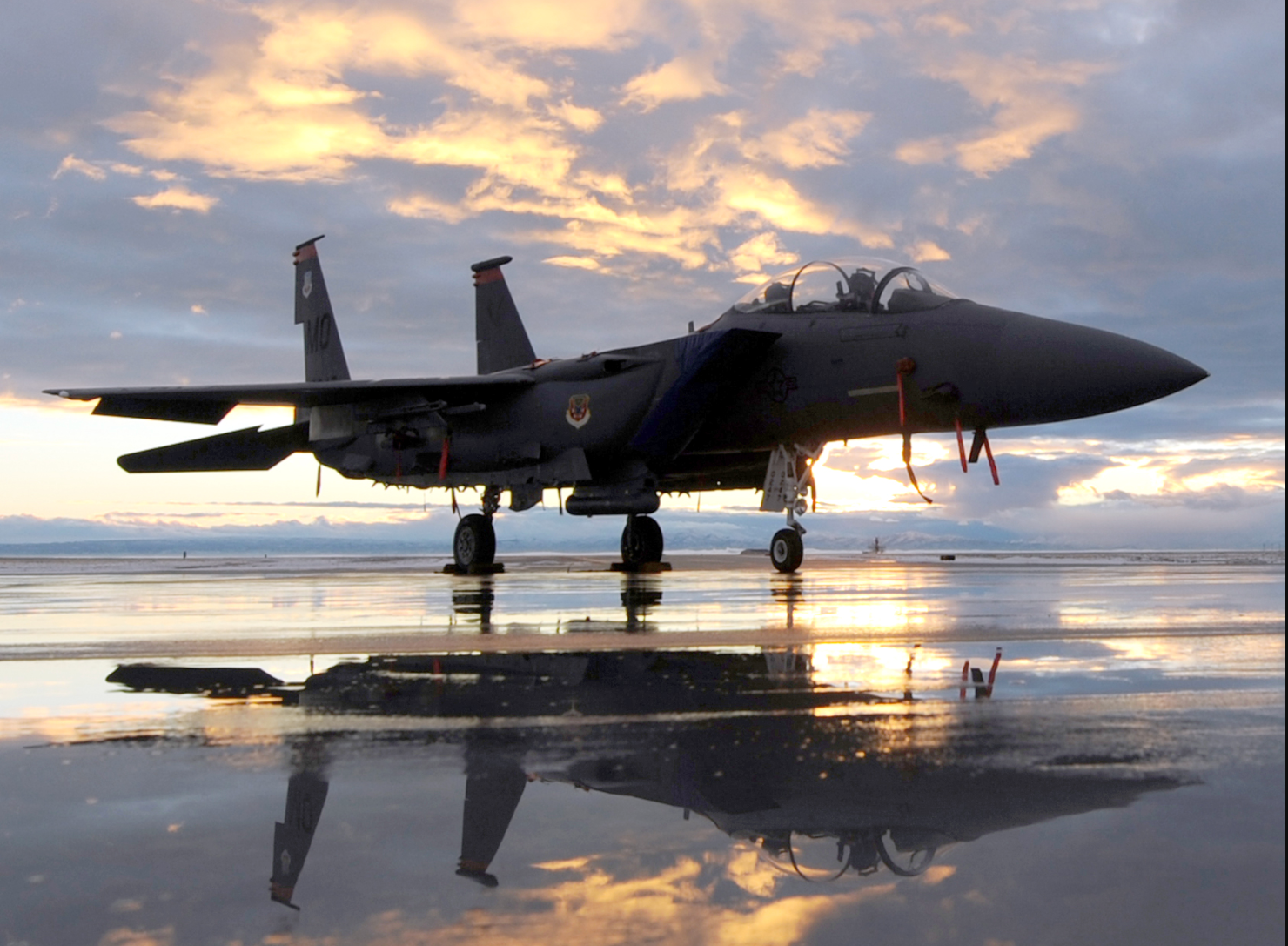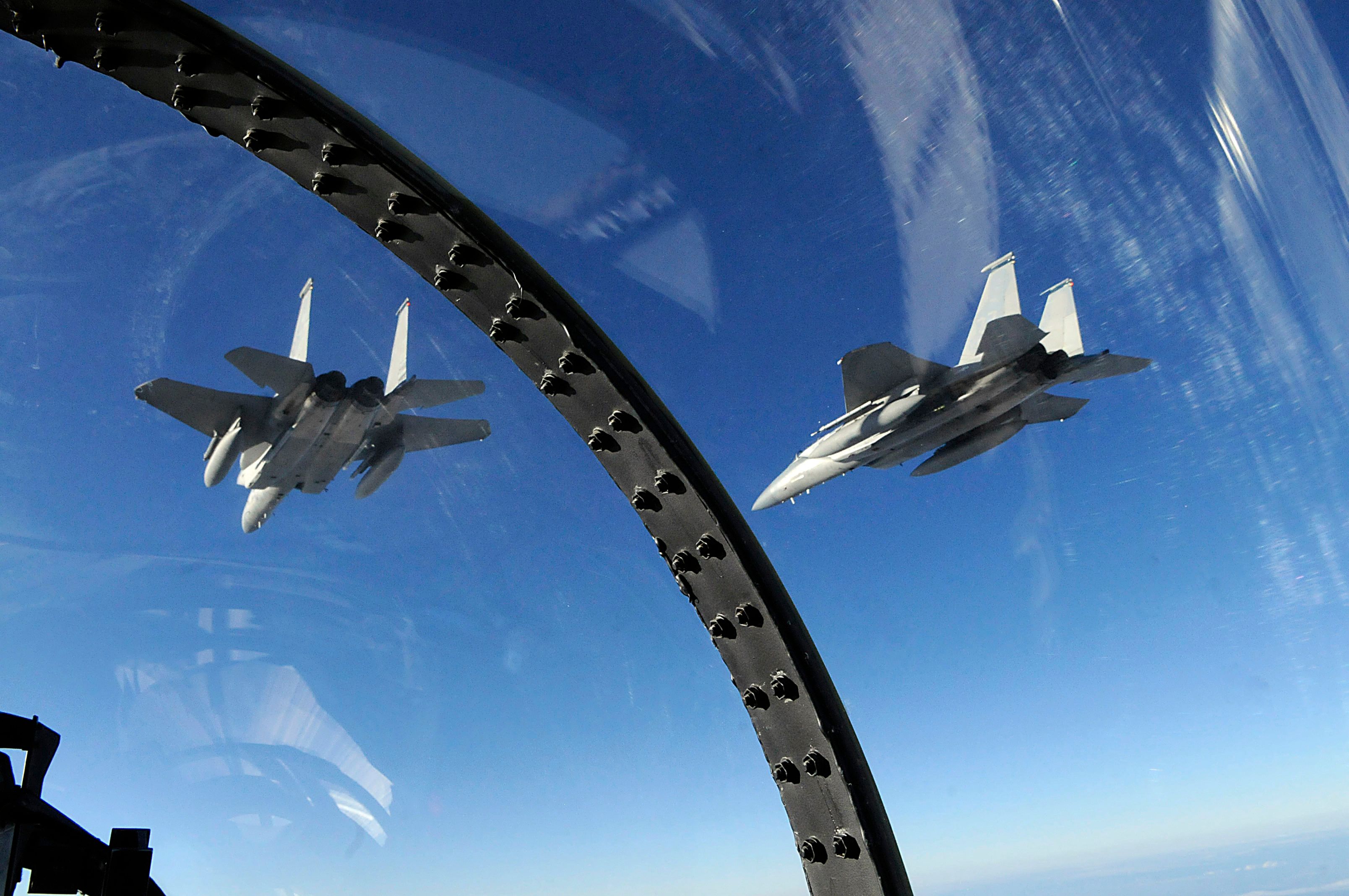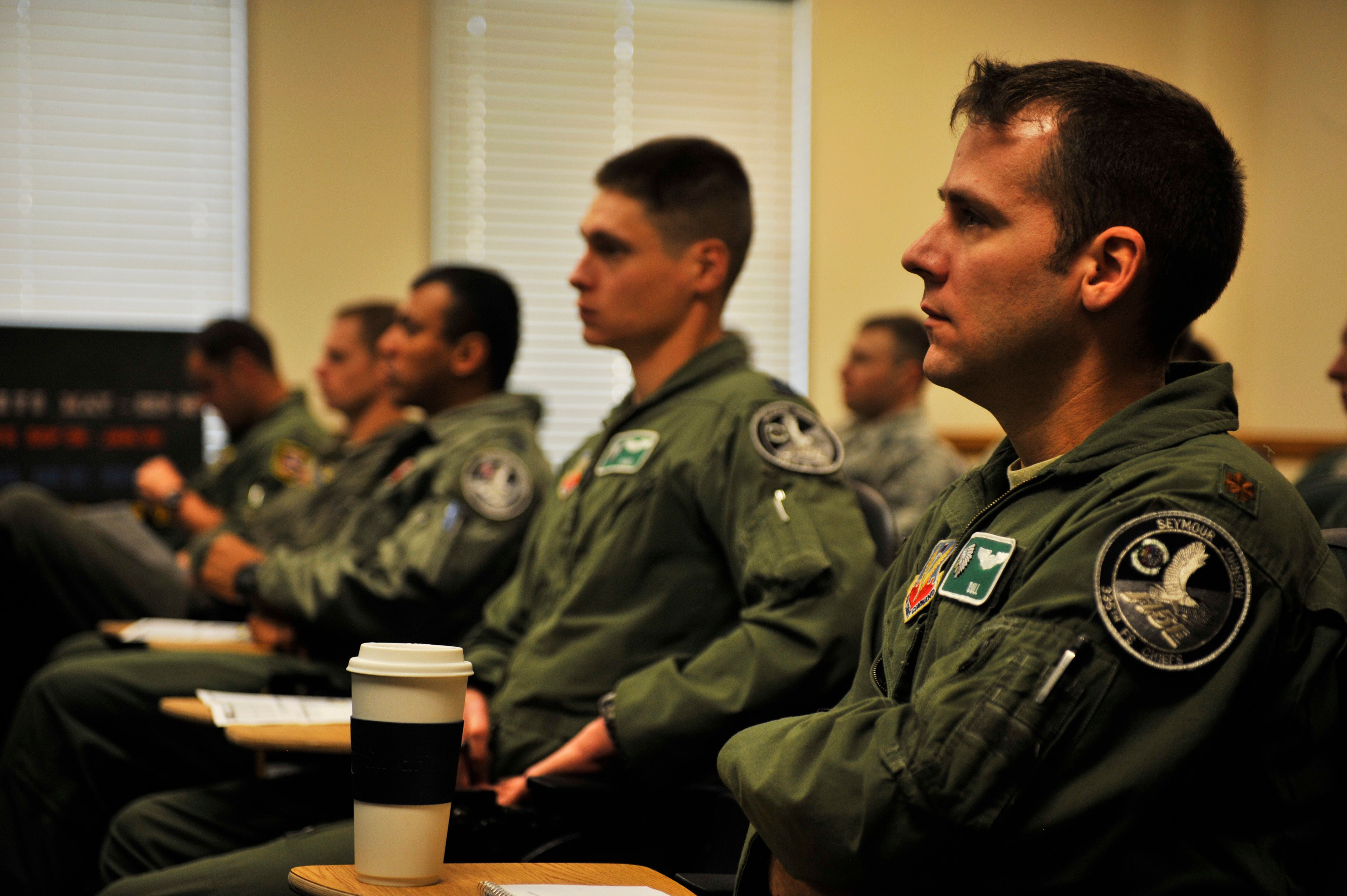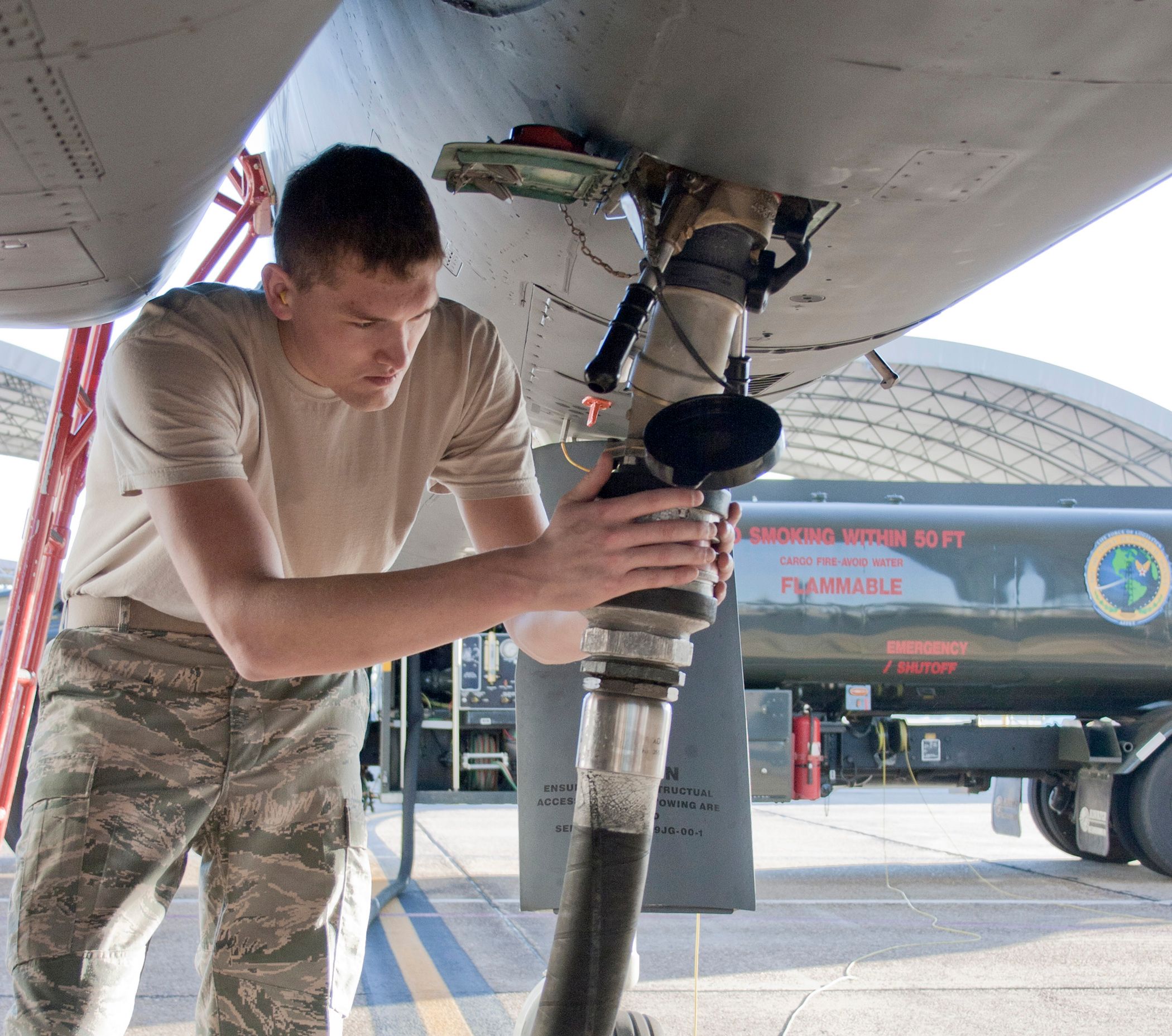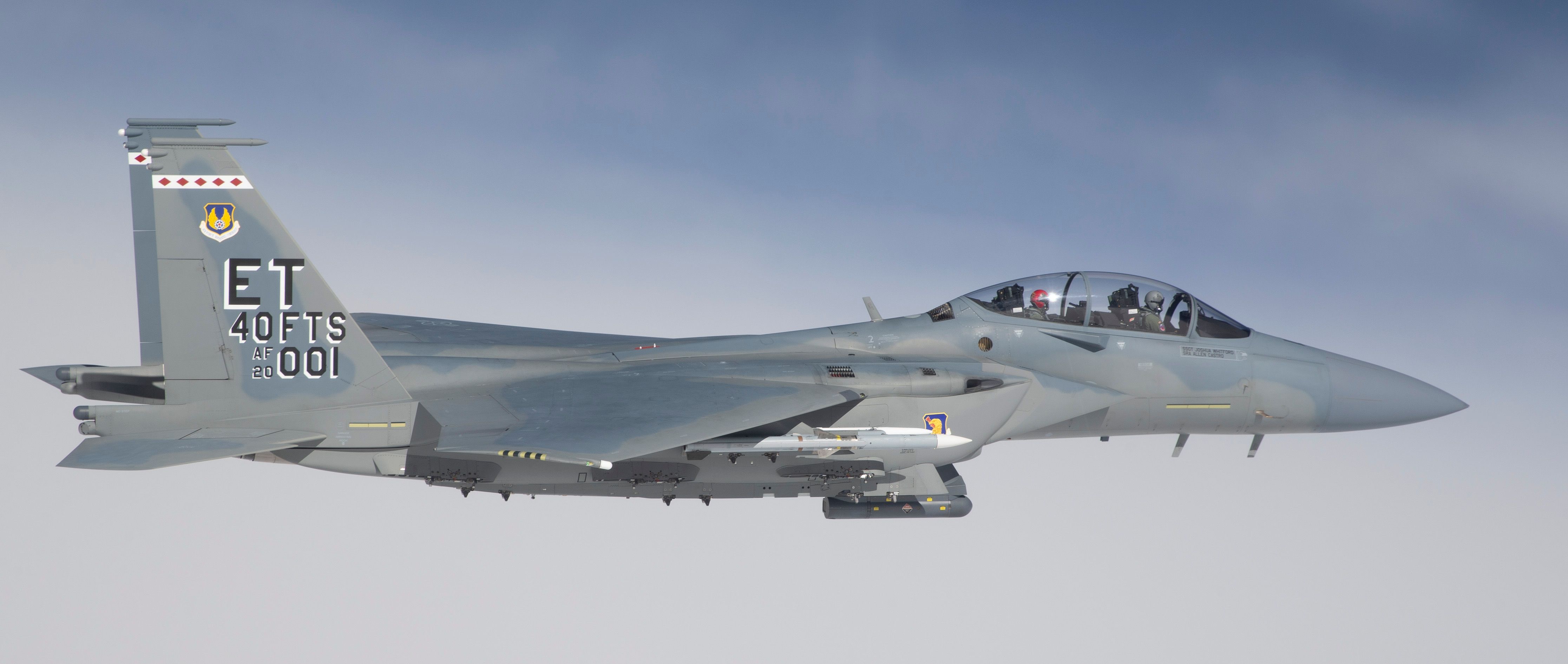Introduced in 1976, the McDonnell Douglass F-15 Eagle has an astonishing air-to-air kill ratio of 104-0. One of the greatest fighter jets the world has ever seen, the F-15’s incredible legacy can be attributed to thoughtful design, lethal weaponry, and ever-evolving technological advancements, along with the unwavering dedication of those seated in the cockpit and those who strap them in.
Necessity is the mother of all invention
In response to the Soviet Union-built MiG-17 and MiG-21 flown by Vietnamese pilots in the Vietnam War, and further advancements such as the MiG-25 developed during the Cold War, the US military turned to McDonnell Douglas to design a fighter aircraft that could once again reestablish global air superiority to the United States.
With its unparalleled combination of speed, maneuverability, avionics, weaponry, and range, the F-15 Eagle did just that. Immediately upon introduction, the F-15 Eagle soared toward air supremacy, changing the landscape of air-to-air combat.
The Eagle has landed
The F-15 Eagle would eventually come to have five variations. The original F-15A was explicitly designed for air-to-air combat along with the F-15B, a two-seat model for training purposes.
Photo: Joonwoo Hwangbo | Shutterstock
In 1979, the F-15C and F-15D (two-seat trainer) were introduced. While appearing virtually identical to the A/B models, they offered an additional 2,000 pounds (907 kg) of internal fuel storage and optional external conformal fuel tanks, which could be attached to the fuselage beside the air intakes.
In 1989, the F-15 E Strike Eagle was born, incorporating ground-strike capabilities. This included the Low Altitude Navigation and Targeting Infrared for Night (LANTIRN) system, which employs two external pods mounted beneath the aircraft: one for navigation and one for targeting.
Photo: U.S. Air Force
The F-15 is powered by dual Pratt & Whitney F100-PW-100/220/229 turbofan engines with afterburners, which produce a remarkable 23,450 pounds (10,637 kg) of thrust per engine for a top speed of Mach 2.5. With a high thrust-to-weight ratio of 1.17:1, the F-15 became the first fighter aircraft whose engine thrust surpassed its weight.
Capable of acceleration during vertical flight and razor-sharp turns while maintaining speed, the F-15 Eagle’s thrust, suddenness, and agility have consistently proved deadly when unleashed in a dogfight.
Photo: Master Sgt.Shelley Gill | U.S. Air Force
Perhaps the greatest asset of the F-15 Eagle is its integrated avionics and weapons systems. A heads-up display (HUD) projects all necessary flight and weapons systems information onto the windscreen, allowing the pilot to remain focused on the enemy in front, above, below, or behind them, facilitated by the canopy’s 360-degree view.
If and when unexpected guests enter an F-15’s airspace, an “identification friend or foe” (IFF) electronic warfare system sends coded electronic signals requesting information from other aircraft in the area. This signal, referred to more bluntly by F-15 pilots as “reply or die,” requests information including the aircraft’s model, speed, heading, and altitude. Friendly aircraft respond to the signal as such, while the silence from foes is deafening, immediately alerting the F-15 pilot to imminent threats.
Photo: Tech. Sgt. Mike Tateishi | U.S. Air Force
Weapons on board the F-15
At the heart of the F-15’s electronic warfare system is the AN/APG-63 pulse-Doppler radar system. This system is able to track targets within visible range (WVR) and, perhaps more importantly, beyond visual range (BVR). The radar tracks targets in any direction, above the aircraft and below, and can distinguish targets from ground clutter.
Information gathered is displayed on the HUD and collected by the aircraft’s central computer system, which automatically prepares for effective weapons delivery. The F-15 Eagle carries an array of lethal weapons beneath its mighty wings that include:
- Internal M-61A1 20-mm, six-barrel Gatling gun with 940 rounds of ammunition
- AIM-7F/M Sparrow missiles
- Four AIM-120 AMRAAM “fire and forget” advanced medium-range radar-guided missiles
- Four AIM-9L/M Sidewinder short-range heat-seeking missiles
- Optional eight AIM-120 AMRAAM
Consistent modifications thwart advanced threats
Refusing to rest on its unbeaten laurels, over the past 41 years, the F-15 Eagle has undergone consistent technological upgrades through the Multi-Stage Improvement Program (MSIP) located at Robins AFB, Georgia. Initiated in 1983, the MSIP program has ensured the F-15 Eagle keeps pace with advanced threats and continually rises above its prey. Over the years, MSIP upgrades have included:
- Electronic warfare systems
- Engines
- Radar systems
- Central computer systems
- Weapons systems
- Electronic countermeasures
- Aircraft structures
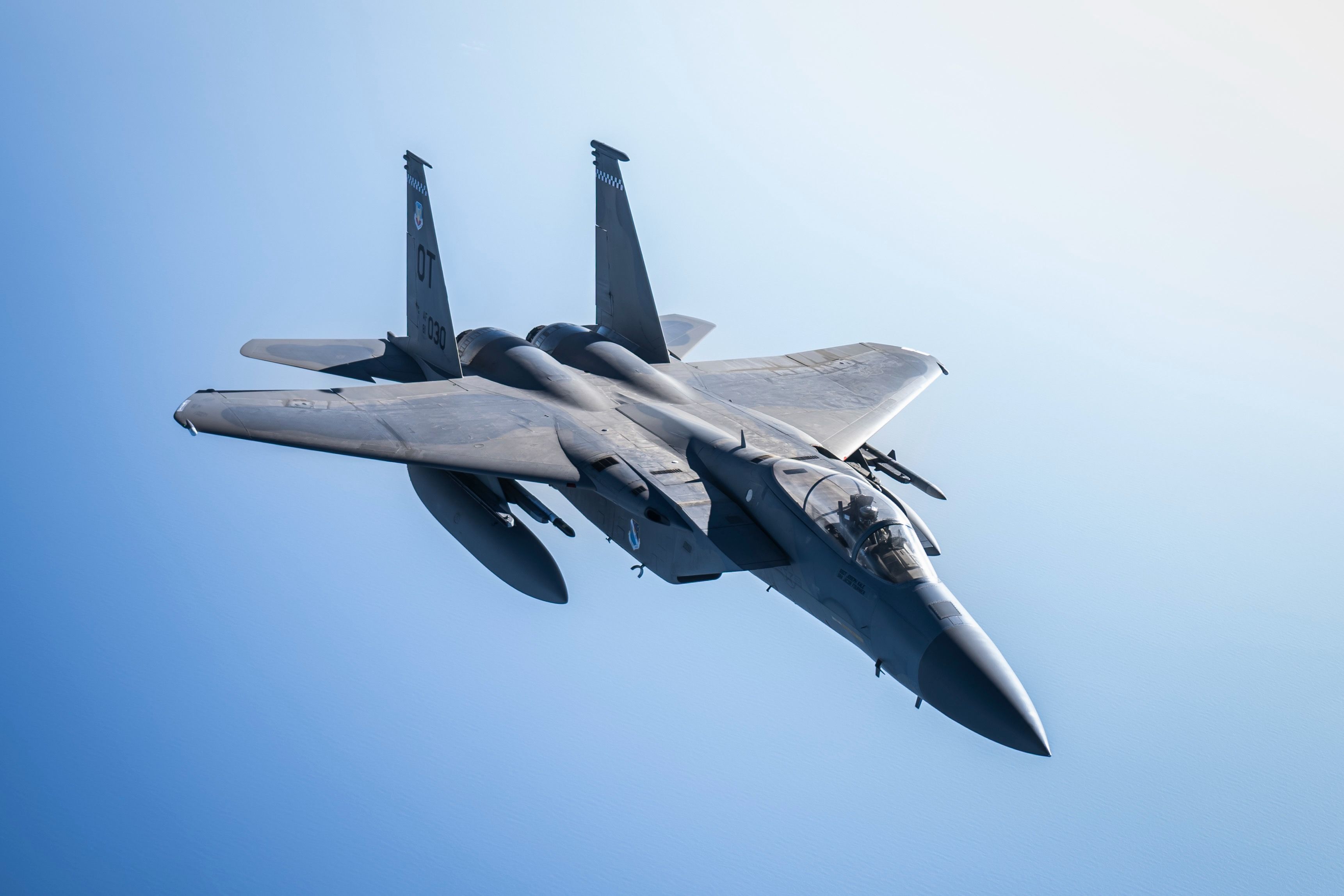
Related
Badass Fighter Jet: What’s So Cool About The F-15?
The type will remain in service with the USAF into the 2030s.
The human element
Of course, the F-15 Eagle’s legendary air-to-air combat success wouldn’t be possible without the pilots who fly them. The privilege of flying the F-15 is a highly desirable assignment that relatively few pilots will experience. Finding oneself seated in the Eagle’s cockpit is an extremely competitive process that sees many hopefuls dropping out.
In addition to basic US Air Force pilot training, aspiring F-15 pilots must attend a demanding one-year undergraduate pilot training program with no vacations and zero days off. Here, they’ll study aeronautics and aerospace physiology with weekly testing to weed out poor performers.
In addition to academics, pilots undergo extreme physical training, including “High G Centrifuge Training,” which simulates the G-forces exerted on a pilot in an F-15, testing the limits of a pilot’s physical endurance.
“It’s like training for a marathon physically and cramming a four-year bachelor’s degree into 11 months.” Retired F-15 pilot credited with three kills, Colonel Cesar “Rico” Rodriguez, a guest on the Combat Story podcast
Photo: U.S. Air Force
Elite F-15 pilots will attend the United States Air Force Weapons School at Nellis Air Force Base, where they receive about 400 hours of graduate-level academics and take part in combat training missions. Here, pilots learn the art of combat, dogfighting, tactical mission strategies, and how to dominate airspace. Upon graduation, these pilots emerge as the most highly trained and uniquely skilled fighter pilots in the world, ready to lead their units into combat.
“Our constant training is really what allowed us to attain such an unbeatable record,” Capt. Matthew Selby, 44th Fighter Squadron F-15 pilot, in an interview with The National Interest
Often, you’ll find a pilot’s name stenciled on the side of an F-15 Eagle, and right beneath their name, you’ll find the name of the aircraft’s maintenance crew chief. That’s because behind every F-15 Eagle is a team of dedicated airmen working day and night to ensure the safety and airworthiness of the aircraft.
For every flight hour, the F-15 requires 15-20 hours of maintenance. Crew chiefs coordinate with a team of specialists that service, inspect, maintain, and repair aircraft structures, avionics, flight controls, egress systems, engines, hydraulics, weapons, landing gear, and every other component that keeps the F-15 Eagle airborne and mission ready.
Thanks to the dedication of these unheralded men and women, every time an F-15 pilot gets strapped into the cockpit, they can be confident that their aircraft is in peak condition and ready for combat.
“Our maintainers take on these challenges with an ‘all in’ effort to produce the world’s best on-equipment aircraft maintenance every single day.” Senior Master Sgt. Ryan Schettler, 44th Aircraft Maintenance Unit lead production superintendent, 366th Fighter Wing Public Affairs
Photo: 2nd Lt. Andrew Caulk | U.S. Air Force
“We work so hard maintaining these F-15Es but sometimes it’s like owning a 1966 Volkswagen Bug and trying to install 2020 Tesla technology into it and make it work flawlessly. There can be lots of technical issues that we find out weren’t evident in the initial design. I take great pride when my maintainers solve these complex problems.” Senior Master Sgt. Travis Patterson, 389th FS Aircraft Maintenance Unit superintendent, 366th Fighter Wing Public Affairs
Carrying the torch forward
Building on the unprecedented success of the F-15 Eagle platform, Boeing’s F-15EX Eagle II will attempt to carry the original F-15 Eagle’s undefeated torch long into the future for the US Air Force.
The world’s most dominant modern combat fighter, the F-15EX is armed with state-of-the-art advanced avionics and weapons systems, digital fly-by-wire flight controls, Joint Helmet Mounted Cueing System (JHMCS), and the Eagle Passive Active Warning Survivability System (EPAWSS) self-defensive suite. The F-15EX Eagle II is scheduled to be introduced into service in July 2024.
Photo: Tech. Sgt. John Raven | U.S. Air Force
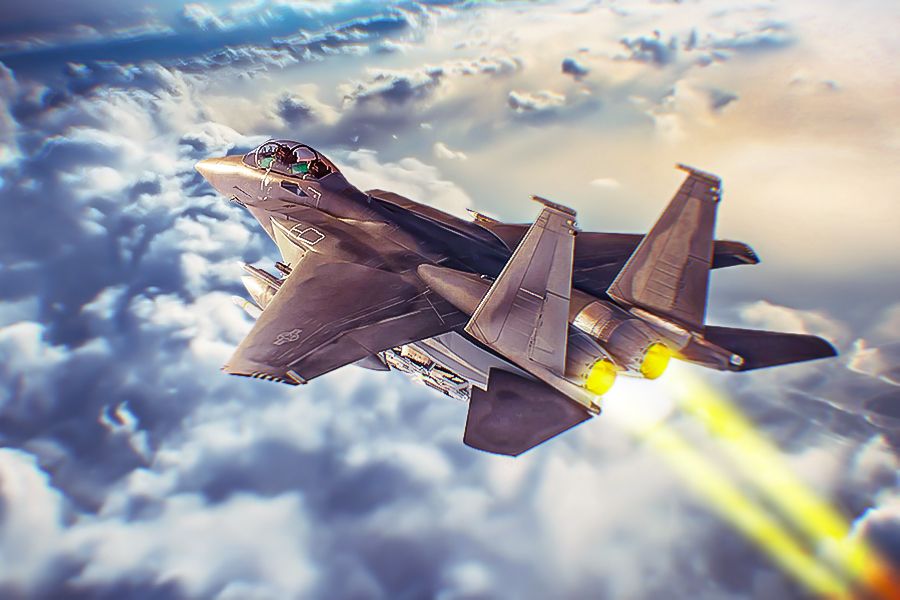
Related
The Boeing F-15EX Eagle II: 5 Fast Facts About The Multirole Strike Fighter
It is the world’s most dominant modern combat fighter.
When the F-15 Eagle arrived at US Air Force bases in 1976, even its biggest supporters couldn’t have predicted the overwhelming and sustained success their newest fighter aircraft would enjoy. The F-15’s Eagle’s unbeaten record is a testament to its brilliant design and engineering, regularly updated state-of-the-art electronic warfare systems and advanced weaponry.
Blending awe-inspiring speed and agility with devastating force, the F-15 Eagle not only reclaimed air superiority to the United States but restored American pride to a nation amidst uncertain times. However, the incredible accomplishments of the F-15 would not have been possible without the dedication and commitment of the men and women who have engineered, piloted, and maintained it over the past five decades.
More than a means to air superiority, the F-15 Eagle’s enduring legacy symbolizes the ideals, strength, and spirit of America and its allies.
